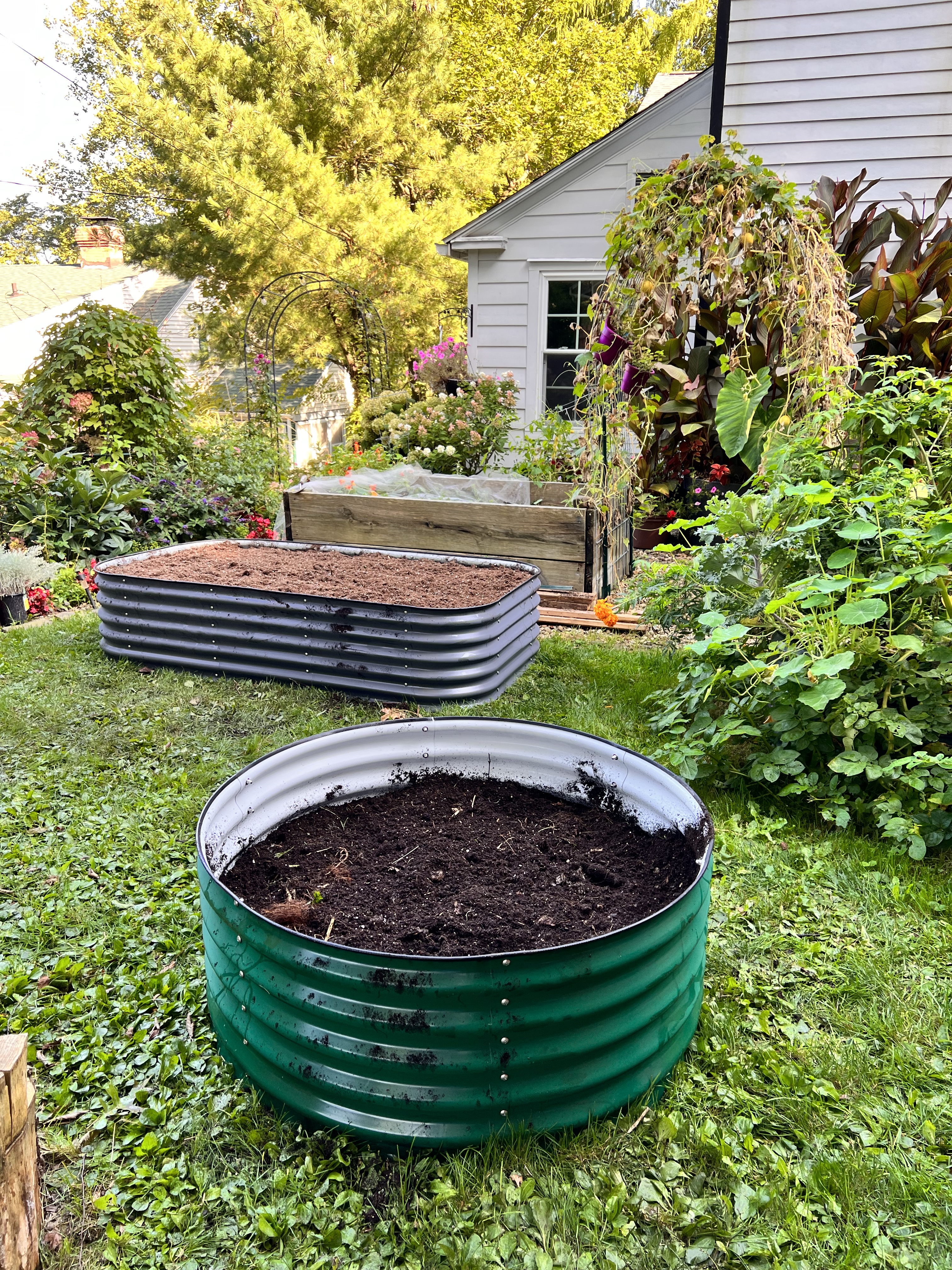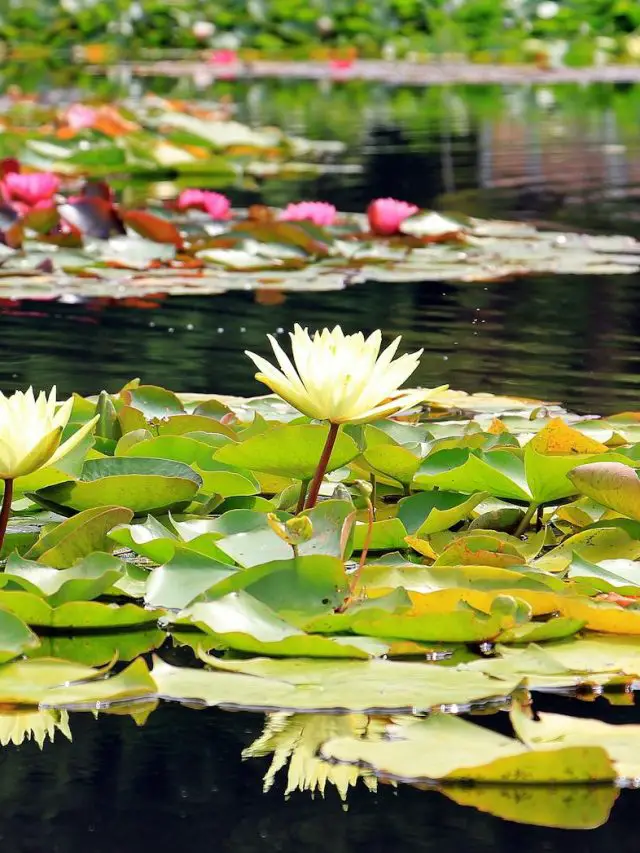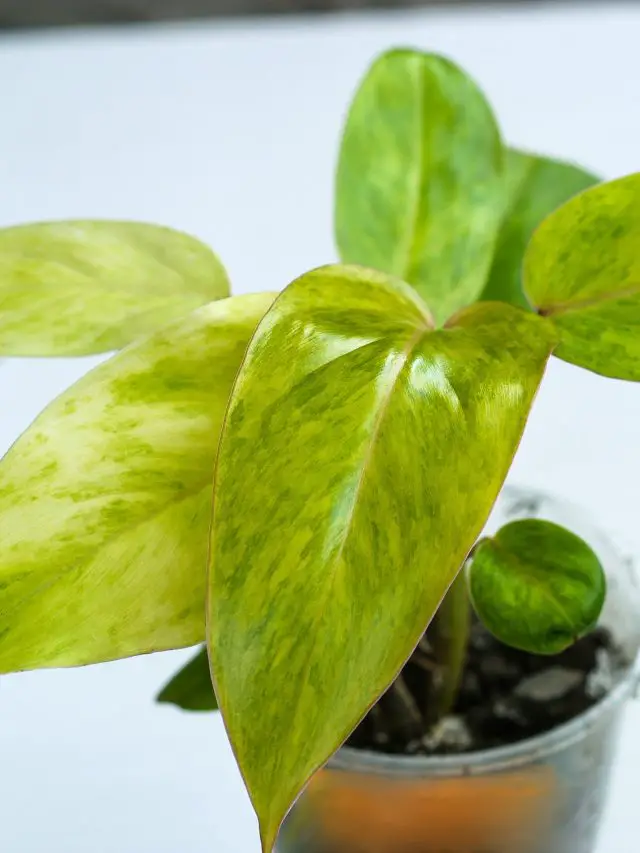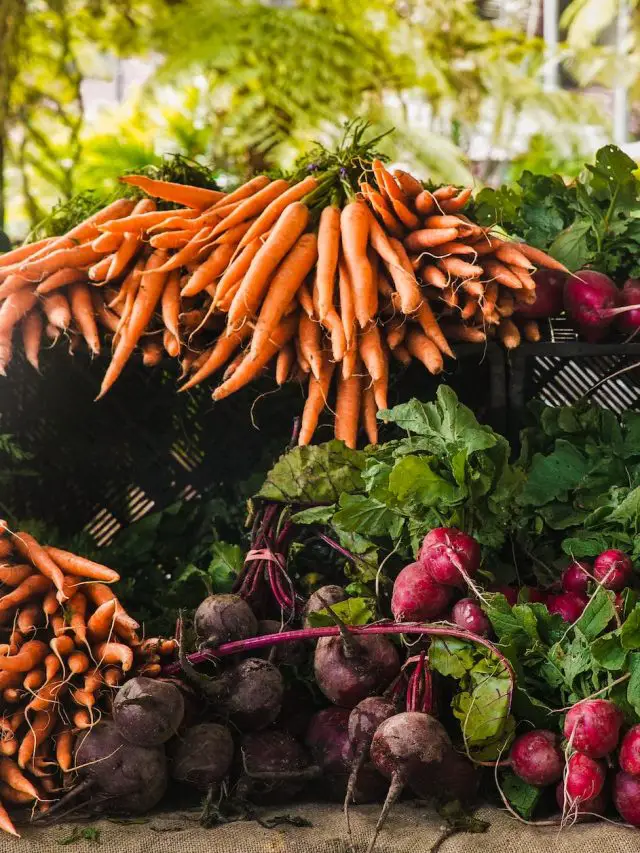How to Fertilize Strawberry Plants
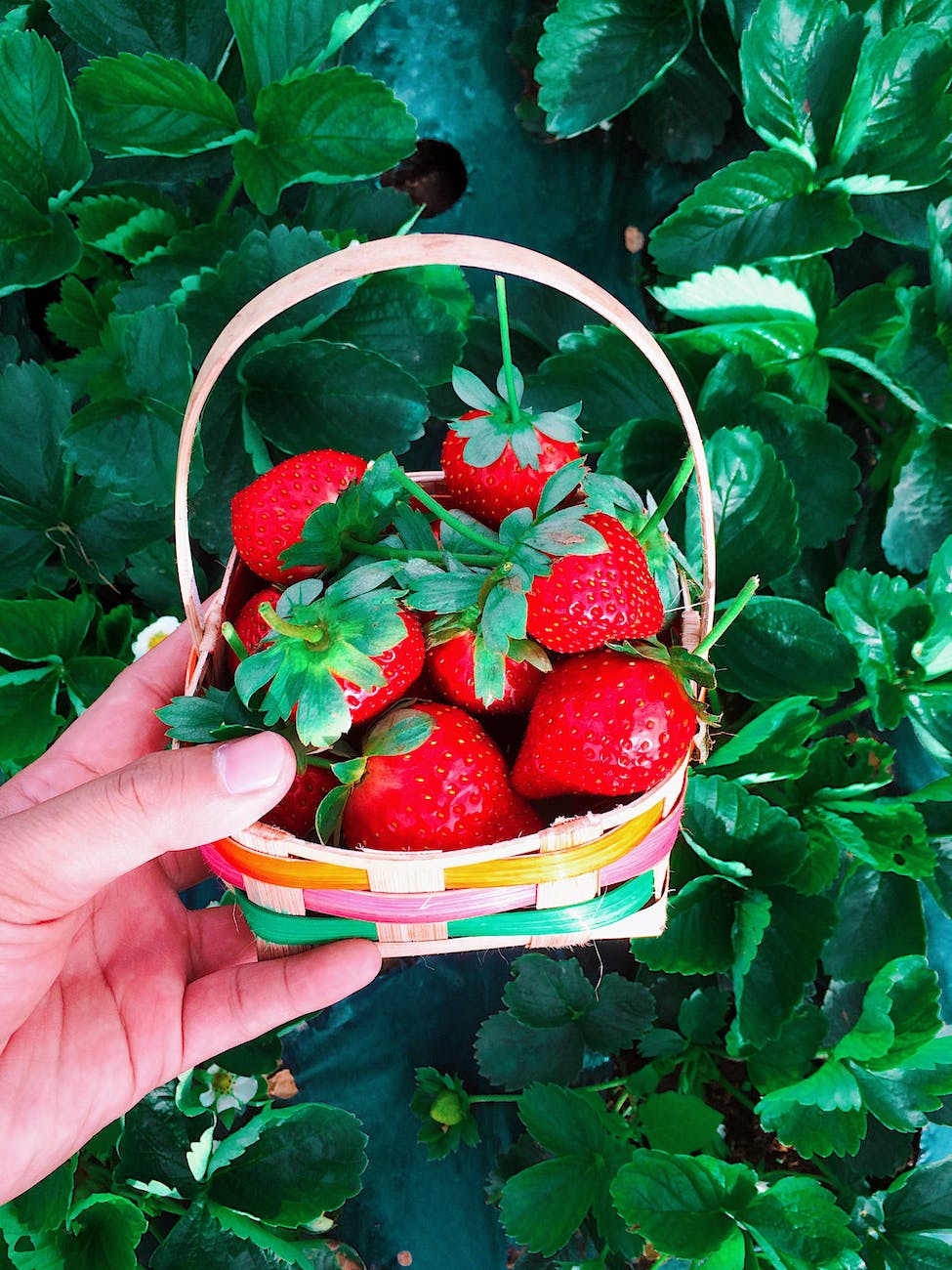
Fertilizing strawberry plants is a vital practice that plays a pivotal role in ensuring robust growth, high yields, and delicious berries. These luscious red fruits, cherished for their sweet flavor and versatility, demand a nutrient-rich environment to reach their full potential. Fertilization provides the essential elements that strawberries require for optimal development, addressing specific nutritional needs throughout their lifecycle.
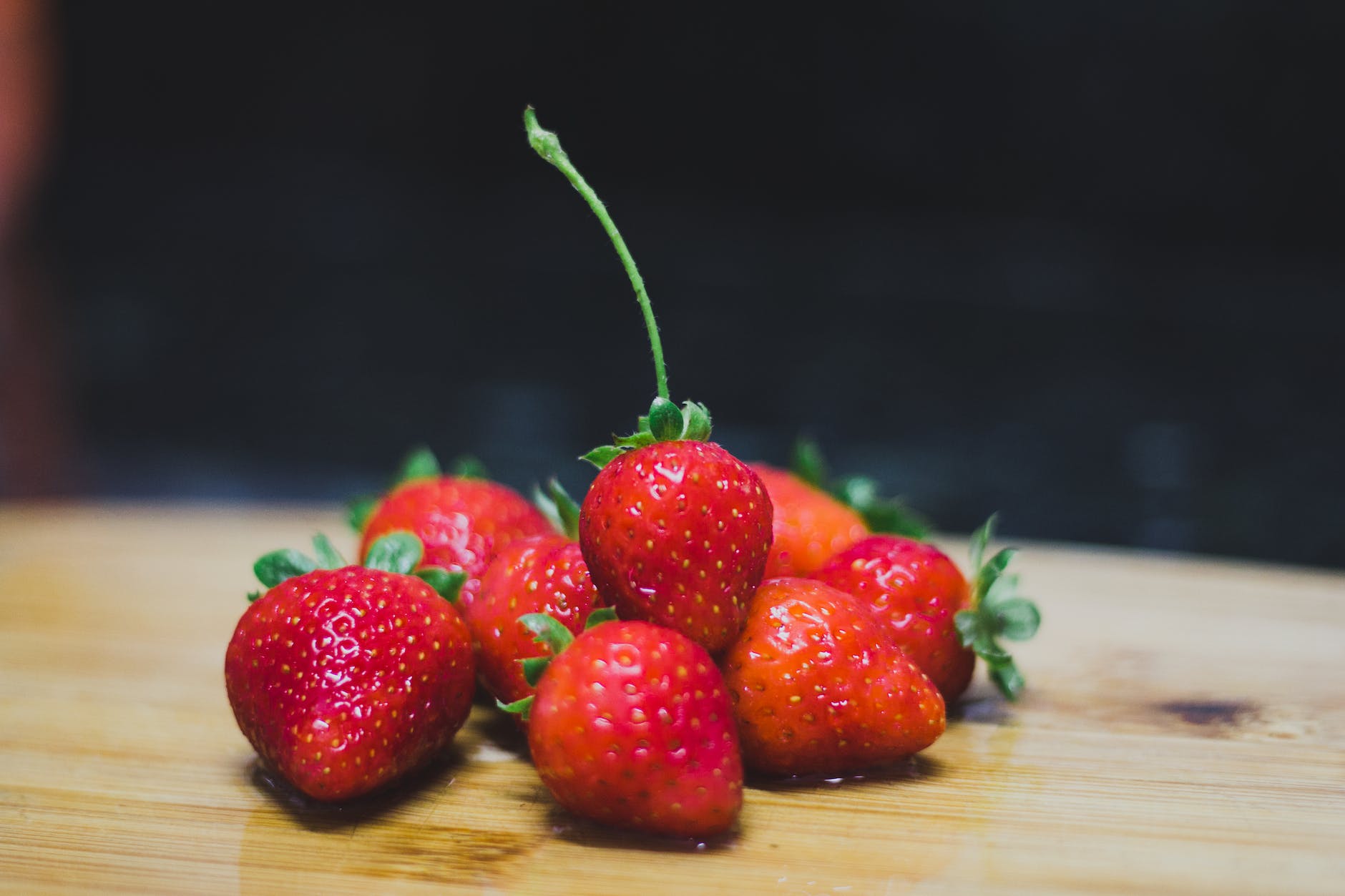
This post may contain affiliate links. If you make a purchase I may receive a small commission which helps keep me gardening.
One of the key components in a successful strawberry fertilization strategy is nitrogen. Nitrogen is crucial during the early stages of plant growth, promoting vigorous foliage development and establishing a solid foundation for the plant. Adequate nitrogen helps the strawberry plants form healthy leaves, ensuring they can capture sunlight efficiently for photosynthesis, which is essential for energy production.
Phosphorus is another critical element in strawberry fertilization, particularly during the flowering and fruiting stages. Phosphorus supports robust root development, aids in flower and fruit formation, and contributes to overall plant vitality. As the plants transition from vegetative growth to fruit production, a well-balanced phosphorus supply becomes instrumental in maximizing the yield and quality of strawberries.
Strawberry plants are heavy feeders and need regular fertilization to produce a good crop of berries. The best time to fertilize strawberries is in the spring, when the plants are actively growing.
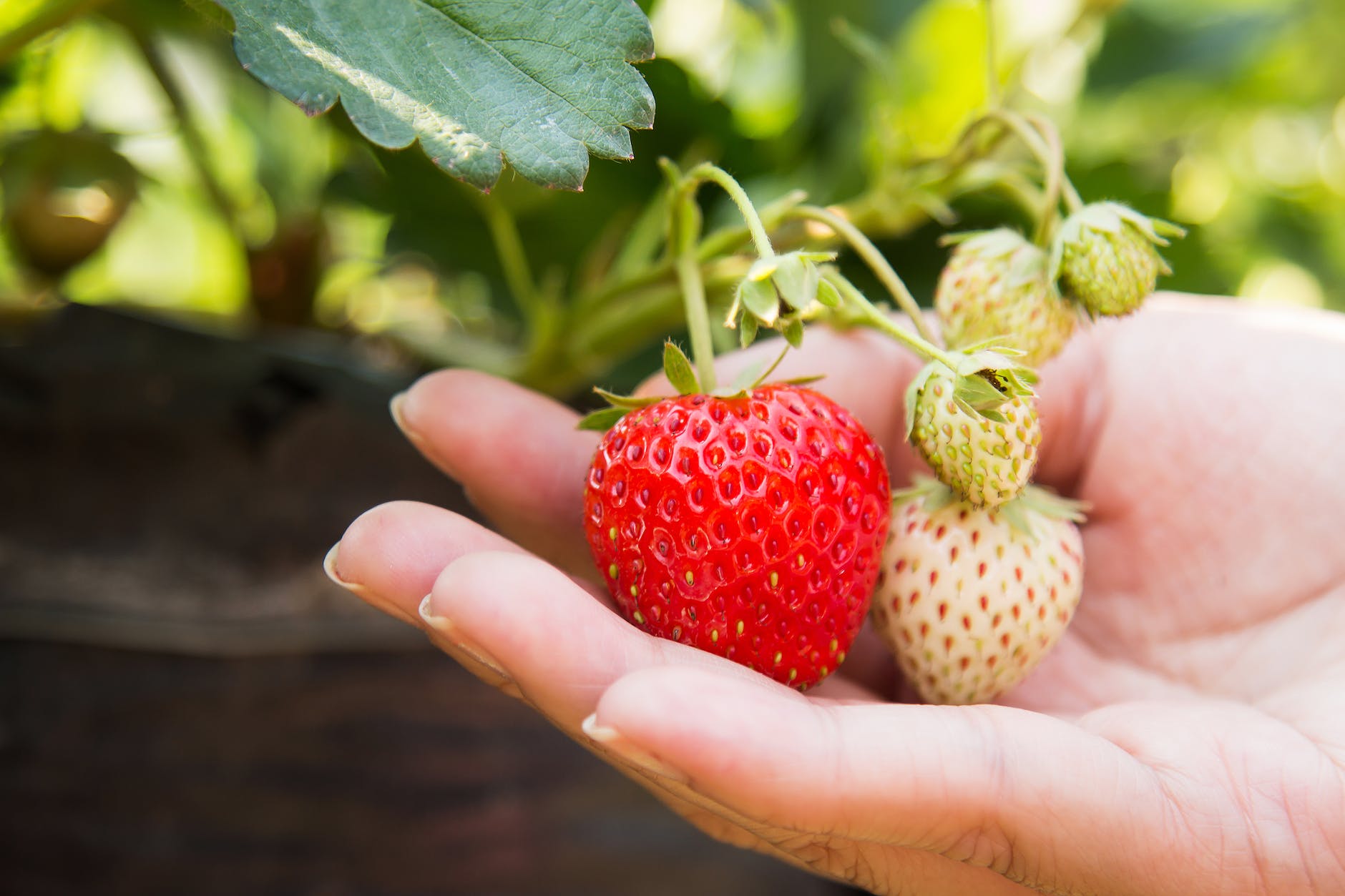
Potassium is essential for enhancing the resistance of strawberry plants to diseases and environmental stress. It also plays a role in the transportation of nutrients within the plant and the development of sturdy, disease-resistant fruits. Adequate potassium levels contribute to the overall hardiness of the plants, ensuring they can withstand fluctuations in weather conditions and continue to produce delectable berries.

Fertilizing strawberry plants is not a one-size-fits-all endeavor; it requires a nuanced approach tailored to the specific needs of these delicate fruit-bearing plants. Regular soil testing can help determine the nutrient levels in the soil and guide the application of fertilizers accordingly. Striking the right balance of nitrogen, phosphorus, and potassium, along with other essential micronutrients, is essential for sustaining healthy strawberry plants and reaping the rewards of a bountiful harvest.
There are two main types of fertilizers that you can use for strawberry plants: granular fertilizers and liquid fertilizers. Granular fertilizers are easy to apply and can be spread by hand or with a broadcast spreader. Liquid fertilizers are more expensive, but they are absorbed by the plants more quickly.
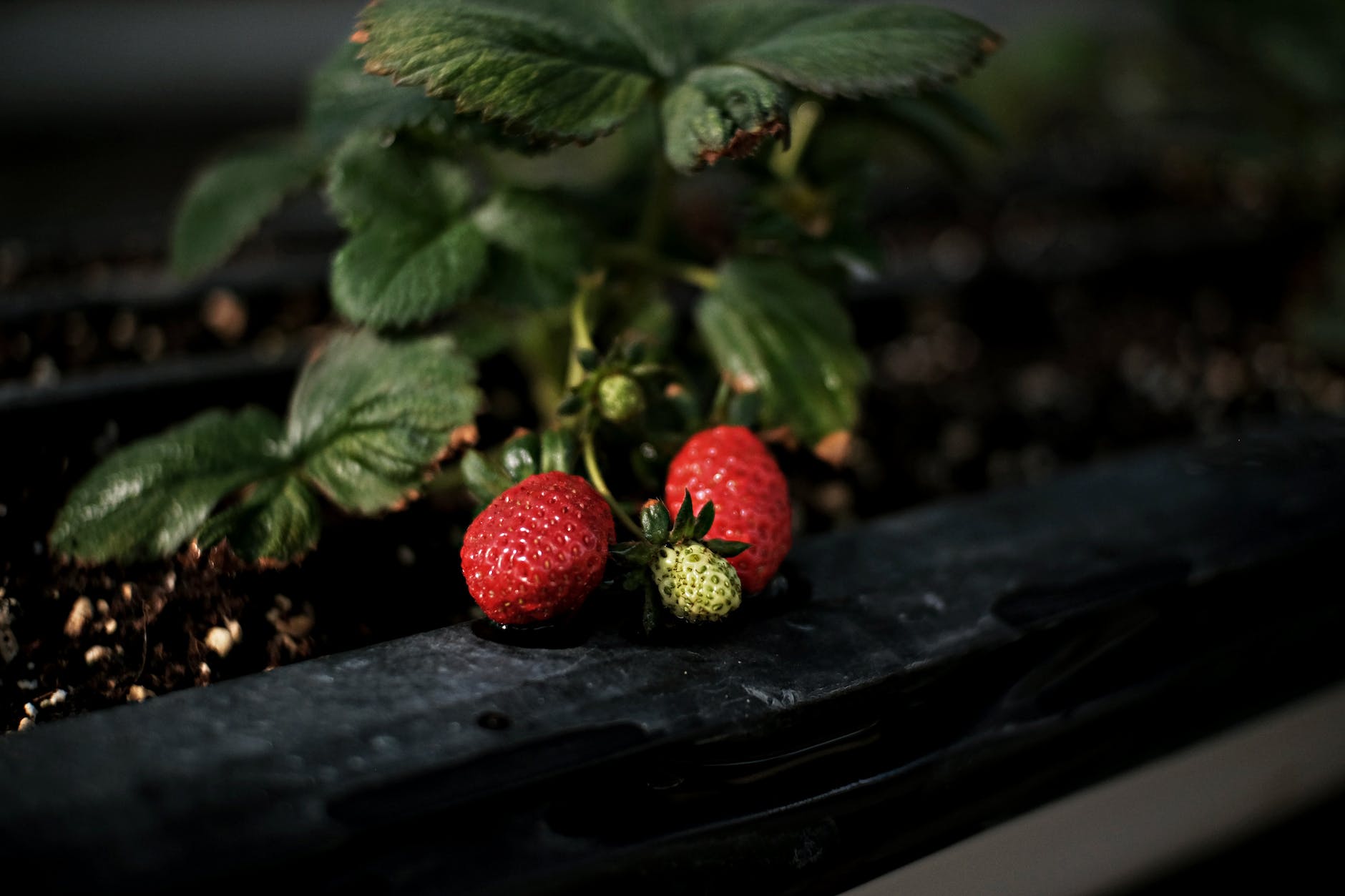
If you are using granular fertilizer, you will need to apply it according to the directions on the package. For liquid fertilizer, you can mix it with water and apply it with a watering can or hose.
The type of fertilizer that you use will depend on your budget and personal preference. However, it is important to use a fertilizer that is balanced, meaning that it contains equal amounts of nitrogen, phosphorus, and potassium. You can also use a fertilizer that is specifically formulated for strawberries.
If you need help growing Strawberry plants checkout this post here!
You can also fertilize strawberry plants with compost or manure. Compost and manure are slow-release fertilizers that will provide nutrients to the plants over a long period of time. It is important to avoid over-fertilizing strawberries. Too much fertilizer can lead to leaf growth at the expense of fruit production. It is also important to water the plants well after fertilizing.

The Best time to Fertilize Strawberry Plants
Fertilizing strawberries at the right times is crucial to support their growth, flowering, and fruit production. Here are the optimum times to fertilize strawberries:
- Spring Pre-Planting:
Before planting your strawberry plants in the spring, it’s beneficial to incorporate a balanced fertilizer into the soil. This helps establish a nutrient-rich environment for the young plants. Use a fertilizer with a balanced ratio of nitrogen, phosphorus, and potassium, as well as micronutrients. - Early Spring:
As the strawberry plants begin to emerge from dormancy and produce new growth in early spring, it’s a good time for another round of fertilizer. Apply a balanced fertilizer with higher nitrogen content to encourage healthy leaf development and overall plant vigor. - Flowering Stage:
When the strawberry plants enter the flowering stage, typically in late spring, it’s important to shift the focus to a fertilizer with a higher phosphorus content. Phosphorus supports flower and fruit formation. Applying a fertilizer with a higher middle number in its N-P-K ratio is ideal during this phase. - After Harvest:
Post-harvest, usually in late spring to early summer, strawberries benefit from a balanced fertilizer application. This helps replenish nutrients that were utilized during the fruiting stage and prepares the plants for the next growth cycle. - Late Summer to Early Fall:
As the strawberry plants prepare for winter and enter dormancy, provide a balanced fertilizer application in late summer to early fall. This helps ensure that the plants have the necessary nutrients stored for winter and are ready to resume growth in the following spring.
Remember, it’s essential to follow the recommended dosage on the fertilizer packaging and to avoid over-fertilizing, as this can lead to issues such as excessive vegetative growth, reduced fruit quality, and environmental impact.

Here are some additional tips for fertilizing your strawberry plants:
- Test your soil before fertilizing to determine what nutrients your plants need.
- Apply fertilizer evenly around the base of the plants, being careful not to get any fertilizer on the leaves.
- Water the fertilizer in well after applying it.
- Don’t fertilize strawberry plants in the summer, when the weather is hot and dry.
- Mulch around the plants to help retain moisture and suppress weeds.
- Stop fertilizing strawberries after they have finished fruiting.
By recognizing the importance of fertilization, strawberry enthusiasts can foster thriving plants and relish in the joy of homegrown, succulent strawberries.
Happy Gardening!



